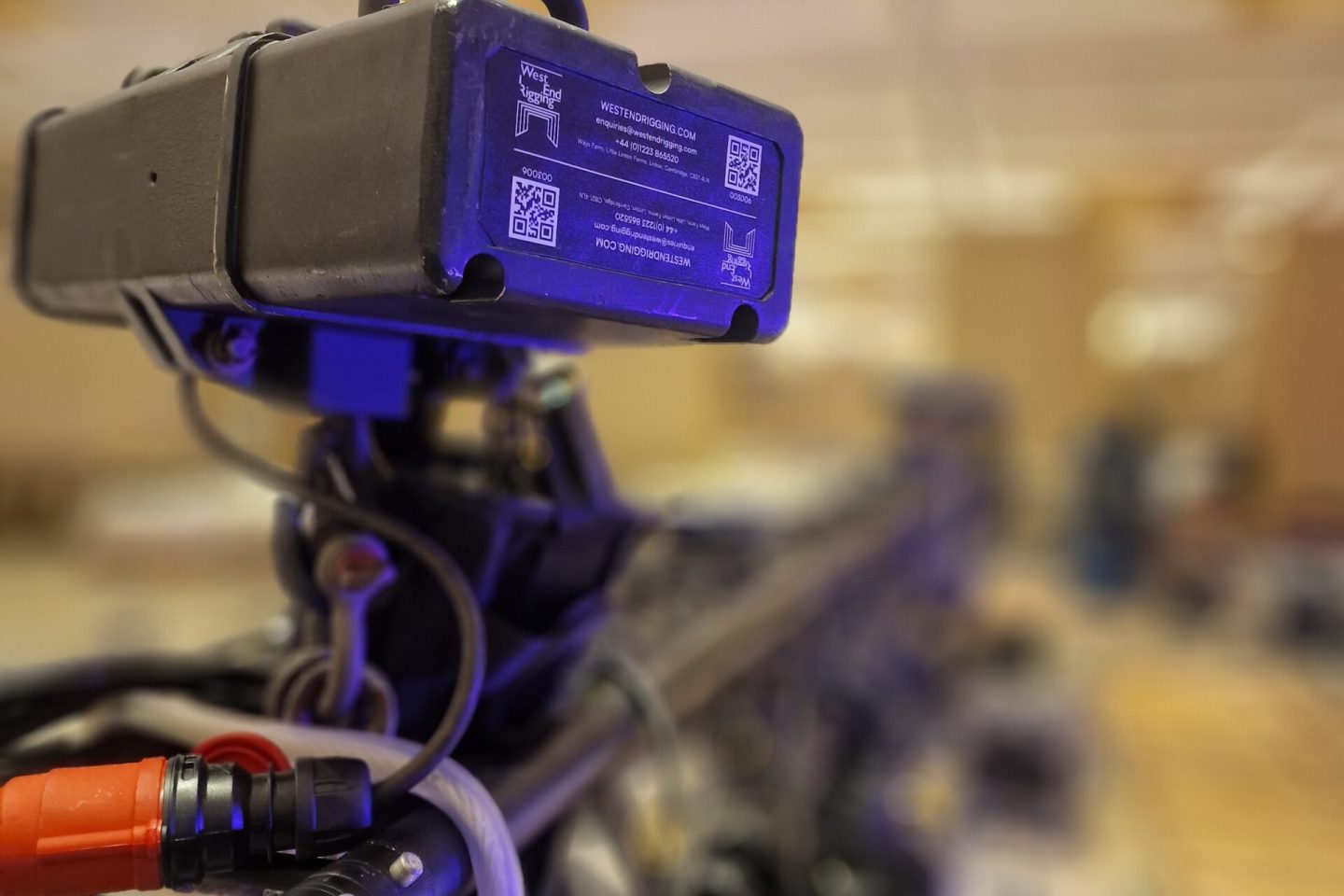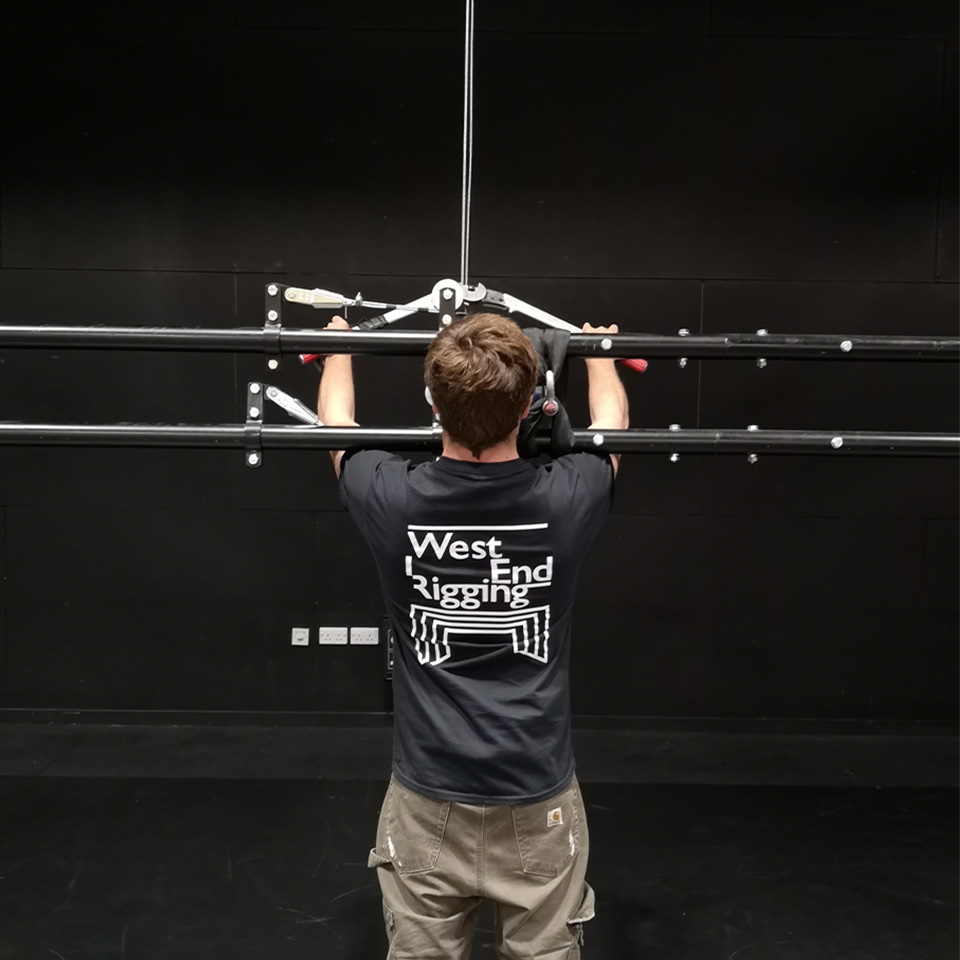LOLER Inspections: What to Expect and 6 Proven ways to Confidently Prepare

As an entertainment rigging company, West End Rigging specialise in supporting our clients to ensure they are LOLER compliant. In the UK, the Lifting Operations and Lifting Equipment Regulations (LOLER) of 1998 set the standards, requiring regular inspections to make sure equipment is safe and fit for use. If you've got a LOLER/PUWER examination coming up, it's important to know what to expect & how to get ready for it.
What is a LOLER Inspection?
A LOLER inspection in the context of the entertainment industry is a thorough examination of all lifting accessories and equipment a company, venue or individual owns and uses, whether it’s permanently Installed, powered or manual lifting, loose accessories this all falls under the scope of LOLER. Therefore, the obligations imposed by LOLER and PUWER apply to the duty holder.
The point of a LOLER inspection is to have a formal paper trail for all lifting equipment, this should show when it was first made available for use, it complies with the relevant requirements for its intended use, that a record of ongoing checks, condition and maintenance are in place, and to alleviate and spot any changes in condition that could cause equipment failures, accidents or equipment breakdowns.
In many cases, the duty holder will not have the skills needed to fulfil these obligations. It is therefore acceptable for them to delegate some or all the obligations to suitably qualified personnel or organisations. These examinations should be completed by a competent person with the appropriate authority to carry out the checks properly.
What Equipment is Covered?
Any equipment used to lift or lower loads, whether manual or powered, falls under LOLER’s standards.
LOLER applies to a wide range of equipment, including:
- Powered Lifting - Electric chain hoists & Winches
- Manual Lifting – Manual Cain Blocks & Lever Hoists
- Rigging Equipment – Truss, installed bracketry, Anchors, Eye Bolts
- Lifting accessories - Shackles, Slings, Clamps, SWR
What to Expect During a LOLER Inspection
During a LOLER inspection, a qualified inspector will complete a visual examination of your lifting equipment, assemblies and mechanical equipment. Here’s what typically happens:
1. Visual Inspection
The inspector will visually check all parts of your lifting equipment, looking for signs of wear, rust, bends, or damage. This step includes checking everything from the structure to the load-bearing parts, and any safety features like brakes, limit switches, and safety guards.
2. Functional Testing
Next, they will test the equipment to ensure that it’s in proper working order under load. This can include checking the lifting capacity of hoists, and to see if all safety devices are working correctly. These tests help to confirm that the equipment can handle its intended loads safely.
3. Load Testing
In some cases, the inspector will do a load test, where they add more weight than the equipment is rated for (usually 1.25 times the max load). This test ensures that the equipment can handle unexpected overloads without any issues or that it's able to deal with its intended use effectively.
4. Documentation Review
It is important that the inspector maintains records of each inspection and ensures that any findings, recommendations, or urgent actions are reported to the duty holder and made available to the competent person.
5. Reporting and Certification
After everything has been checked, the inspector will provide a report detailing their findings. If the equipment passes, you will receive a certificate of inspection, which is important for compliance. If there are any issues, they will be documented, and you might need to fix them before using the equipment again. The duty holder is responsible for ensuring that appropriate corrective action is taken.

How to Prepare for a LOLER Inspection
Getting ready for a LOLER inspection doesn’t have to be stressful provided you’re prepared. Here’s how to make sure you’re ready before booking your inspection:
1. Review Your Equipment Inventory
Ensure you have a complete and up-to-date list of all lifting equipment and accessories. Make sure you don’t just focus on big items like chain hoists and mother grids, but also smaller items like lifting slings, chains, and shackles.
2. Do Your Own Pre-Inspection Checks
Before the official inspection, do your own checks on all your lifting equipment yourself. Look for obvious signs of wear or damage, and get any necessary repairs done ahead of time. This can help avoid nasty surprises during the official inspection!
3. Organise Maintenance Records
Make sure that all maintenance and previous inspection records are up to date and that you know where they are kept. The inspector will ask to see these documents, so having them to hand will make things go a lot smoother.
4. Train Your Staff
It’s important that everyone involved in lifting operations knows the LOLER requirements and how to safely operate the equipment. This includes being able to troubleshoot when something isn’t working properly.
5. Plan for Downtime
During the inspection, some equipment may need to be taken out of service temporarily. Plan for this downtime to keep things running smoothly without too much disruption.
6. Hire a Qualified Inspector
If you don’t have the expertise in-house, bring in someone qualified to conduct the inspection. This person should know what to look for and how to make sure your equipment meets LOLER standards.
Remember, LOLER inspections are crucial for keeping your workplace safe when lifting operations are involved. By knowing what to expect and getting everything ready ahead of time, you can make sure your equipment passes the inspection without a hitch, keeping your operations running smoothly and safely.
What do West End Rigging Provide?
At West End Rigging, we take pride in making sure our clients get the most out of our experience, knowledge and competency. Carrying out thorough LOLER inspections that are tailored to our client's needs and technical requirements. Our specialism comes from years of experience, knowledge from our installations and design work, and our ongoing commitment to training and employee development with the industry's leading training providers and governing bodies.
We provide comprehensive LOLER/PUWER examinations of your lifting equipment machinery, and safety devices as well as detailed condition reports and guidance that give you a clear picture of your equipment's current state, identify any potential issues.
Whether you are a community theatre, supplier or high-end entertainment venue, WER have you covered wherever you are.
Share this article